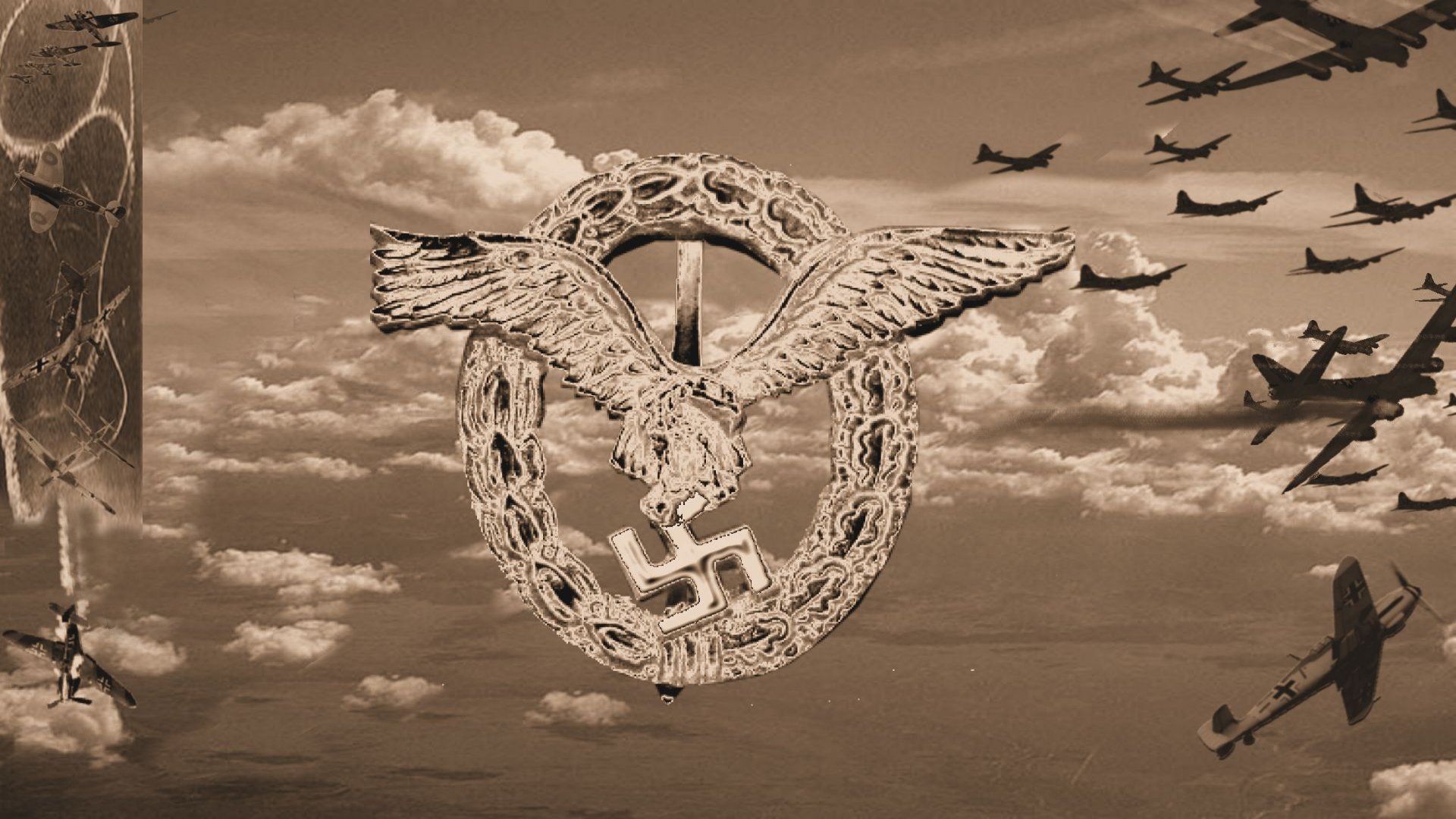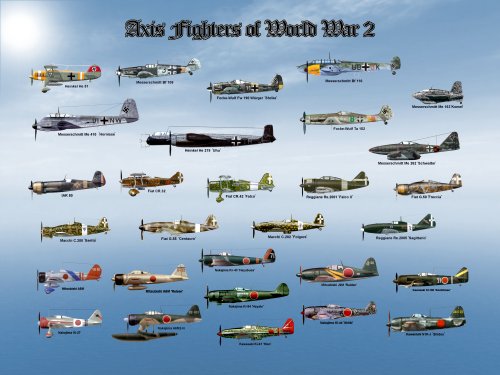The Messerschmitt Bf 110, often called Me 110, was a twin-engine heavy fighter developed in Nazi Germany in the 1930s and used by the Luftwaffe and others during World War II. Hermann Göring was a proponent of the Bf 110.
Development
The Messerschmitt Bf 110 "Zerstörer"(German for "Destroyer"), often (erroneously) called Me 110, was a twin-engine heavy fighter in the service of the Luftwaffe during World War II. Hermann Göring was a proponent of the Bf 110, and nicknamed it his 'Eisenseiten' ("Ironsides"). Development work on an improved type to replace the Bf 110, the Messerschmitt Me 210 began before the war started, but its teething troubles resulted in the Bf 110 soldiering on until the end of the war in various roles, alongside its replacements, the Me 210 and the Me 410. The long-range multi-seat escort fighter was possibly the most difficult of combat aircraft to design. Certainly no entirely successful machine in this category emerged from the Second World War except possibly the de Havilland Mosquito, and when Professor Willy Messerschmitt began design studies for such a warplane towards the end of 1934 at the Bayerische Flugzeugwerke (Bf) at Augsburg his problems would have seemed insurmountable had he possessed a full knowledge of interceptor fighter development trends abroad. Such a machine as was required by ReichMarshal Goring to equip the elite 'Zerstorer' formations that he envisaged had to be capable of penetrating deep into enemy territory, possessing sufficient range to accompany bomber formations. The fuel tankage necessary presented a serious weight penalty and called for the use of two engines if the 'Zerstorer' was to achieve a performance approaching that of the lighter interceptor fighter by which it would be opposed. Yet it had to be manaoeuvrable if it was to successfully fend off the enemy's single seaters.
Back to Top
In Action
The Bf 110 served with considerable success in the early campaigns, the Polish, Norwegian and Battle of France. The Bf 110's lack of agility in the air was its primary weakness. As a long-range escort fighter the Bf 110C received a disastrous mauling at the hands of the more nimble Hurricanes and Spitfires during the 'Battle of Britain'. Rather than protecting the bombers under escort, the Bf 110C formations usually found that they were hard put to defend themselves, and the farcical situation developed in which single-seat Bf 109E fighters were having to afford protection to the escort fighters. The complete failure of the Bf 110C in the role for which it had been conceived led to its eventual withdrawal from the Channel coast but did not result in any reduction in its production priority. This flaw was exposed during the Battle of Britain to which some Bf 110-equipped units were withdrawn from the battle after very heavy losses and redeployed as night fighters, a role to which the aircraft was well suited. By the end of 1942, in which year 580 Bf 110s were produced, production of this aircraft had again been stepped up as, on April 17, production of the Me 210 was canceled after numerous accidents, thus leaving a serious gap in the Luftwaffe's fighter and fighter bomber production program. To fill the gap an improved version of the Bf 110 was introduced, the G-series with the DB605 engine.
Back to Top
A New Role
The Bf 110, found its niche as a night fighter. As the British started night bombing raids for the rest of the war, the only effective night fighter available was the Bf 110. These were supplemented by Ju88 night fighters and Fw 190 'Wild Sau'(Wild Boar) fighters. From time to time Bf 110G night fighters were used on day operations. They were first employed as close escort to the German Battlecrusiers KGM Scharnhorst and KGM Gneisenau off the Dutch coast and Heligoland Bight as they made for the famous Channel Dash, running from Brest in France home to Germany through the English Channel. They performed escort duties in the early morning and late evening while Bf 109's patrolled over the fleet during daylight hours. In the summer of 1943 they fought American day-bomber formations whenever the latter flew unescorted. The Bf 110G groups sustained heavy losses during these actions owing to their pilots, trained in night-fighting tactics, going in close before attacking and being met by the heavy defensive fire of the bombers. When used in daylight against escorted bombers of the 8th Air Force they were mauled as they were no match for American fighters escorting American B-17 and B-24 bombers over Berlin.
Although the Bf 110s had failed in this primary task, production continued at a high rate and by 1945 no fewer than 6,150 had been built, ranging from Bf 110As to Gs.
Back to Top



